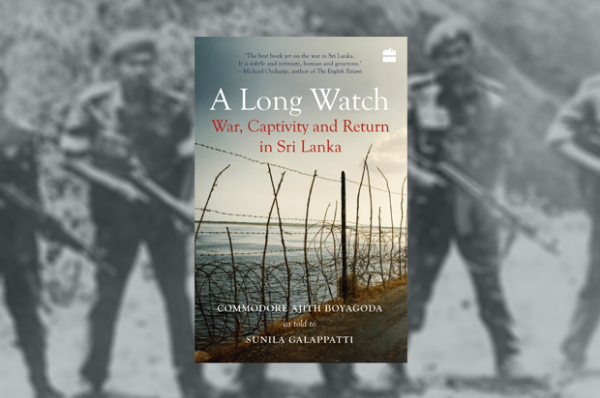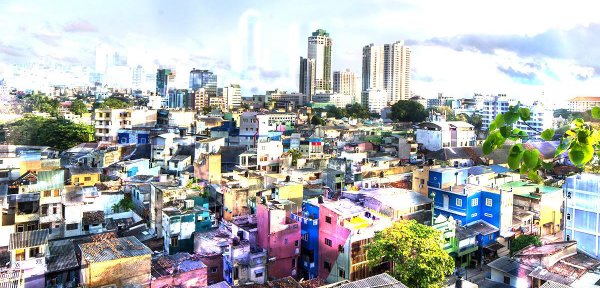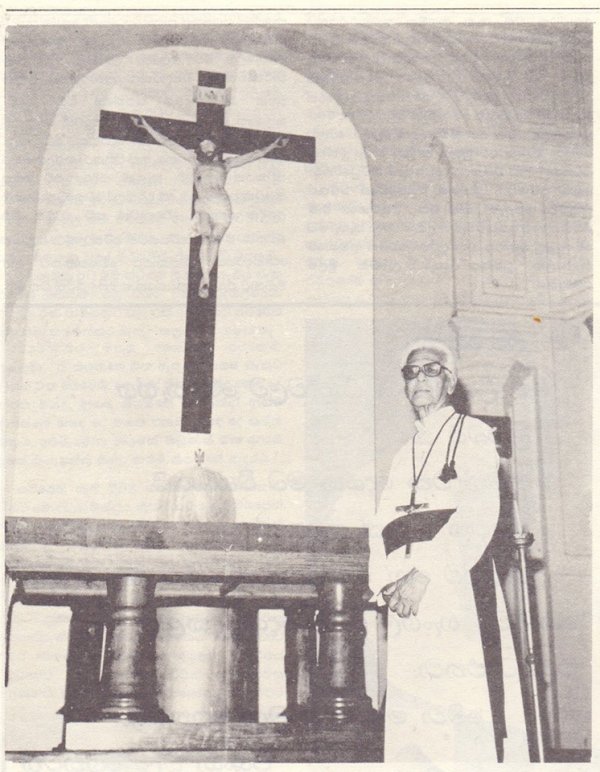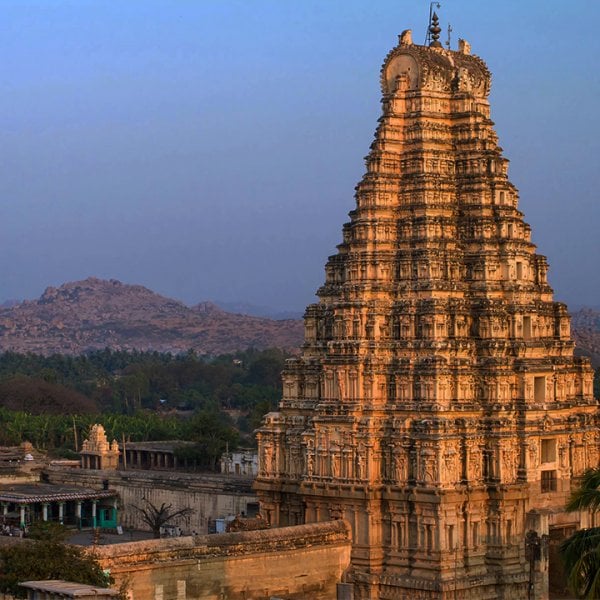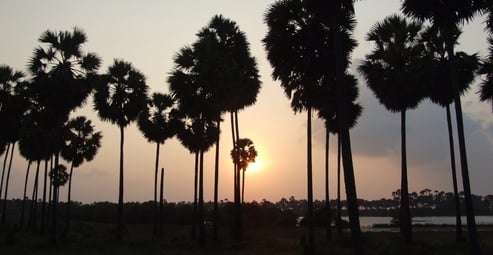
Five Questions is a short series where we interview interesting personalities and shine the spotlight on some of Sri Lanka’s more intriguing professions.
In 2015, business consultant Andrew Speldewinde started dishing up exquisite meals for strangers in his dining room. Calling his cooking venture Contemporary Ceylon, Speldewinde’s take on it was unique—it combined a carefully curated fine-dining multi-course meal, in a casual setting. From serving at home, he now organises pop-up events throughout the year, with the next one being a Christmas Social this weekend. Having worked at Vue de Monde in Australia for over a year, Speldewinde also has experience as a line chef at the Michelin Star restaurant Ryu Gin.
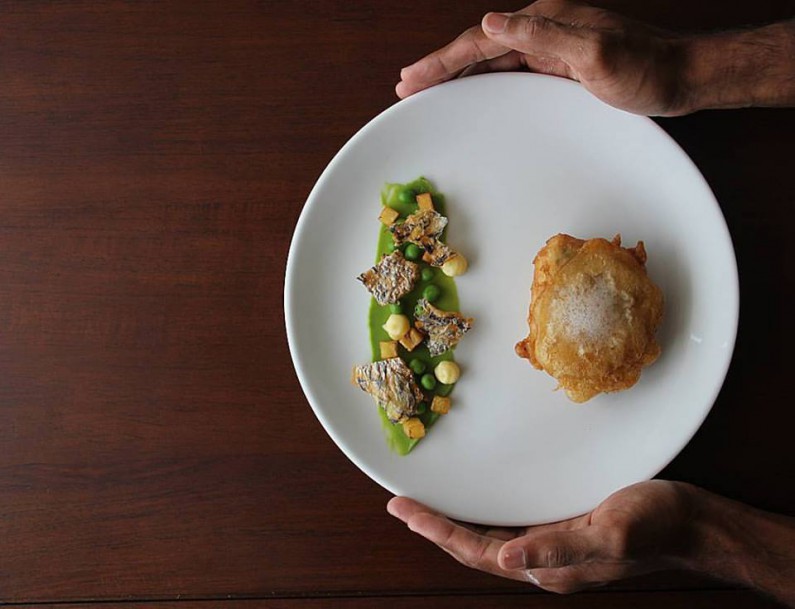
Andrew’s take on a beer-battered fish and chips with pea puree, potatoes lashed with vinegar, lime foam and more for the Marco Pierre White challenge. Image courtesy facebook.com/andrew.speldewinde
We spoke to him to learn more about how his experiences influenced his cooking, what it is like to work in Sri Lanka from a culinary perspective, and more.
-
How do you balance your training, which I assume was rigid in terms of measurements and such, with the Sri Lankan way of cooking—basically throwing in a pinch of that and a handful of this?
If you start to weigh everything, you end up with consistent food. Professionals weigh even water by the gram to be specific! When it comes to recipes passed down through generations, like my grandmother’s recipes and such, I quantify ingredients along the way now, so I know exactly what’s going into the dish. That’s the only way to get consistency.
-
You experiment a lot with local cuisine. How do people respond to variations of that?
The feedback has been good so far. Obviously, there’s a concern when you’re playing around with flavours that people are already comfortable with. And the flavour combinations could be very different. But so far, it’s been pretty good.
-
Where do you source your ingredients from, and how do you make sure they’re the best you can get?
It’s more the vegetables and herbs that’s a problem, as opposed to dry spices. We’re currently growing our own herbs and veggies in our own garden to curate it for meals. Otherwise, we try going around to different vendors. I’m usually able to get fresh vegetables from the market.
-
You spent some time working at a Michelin Star restaurant. How has this influenced your experience here?
My cooking style has changed a lot, by looking at incorporating different ingredients into old recipes. Take mayonnaise, for example, it’s a pretty basic thing. Just eggs, oil, and a bit of mustard. But by just tweaking the oil—like adding in chilli oil or something else instead—you could have a hundred different iterations of it.
-
What’s the biggest challenge you face as a chef in Sri Lanka?
Here, especially early on when I was cooking in my apartment, it was getting good quality produce. It’s very rare to get perfect produce here in Sri Lanka and maintain consistency. Sometimes, it involves a lot of thinking on your feet. Like a few weeks ago, for example, one of my dishes was braised chicken; but the thighs weren’t available. I had to settle with chicken breast. So you end up changing things around a bit here and there, but having said that, you also have to strive for consistency.
Editor’s note: a previous version of this article incorrectly stated that Andrew got his vegetables from the Good Market, as opposed the market.

